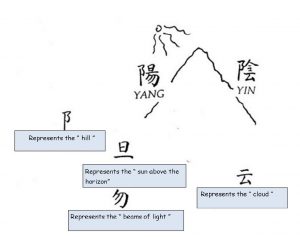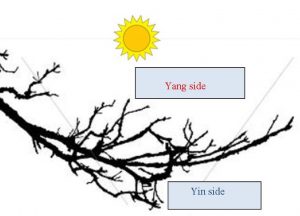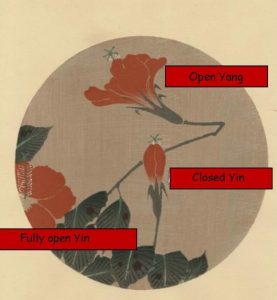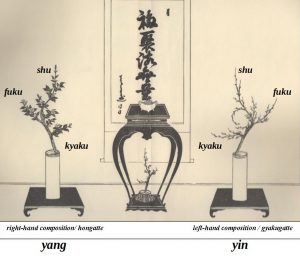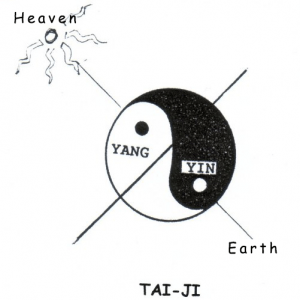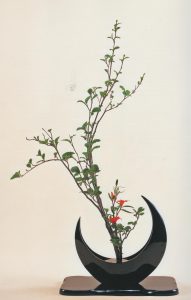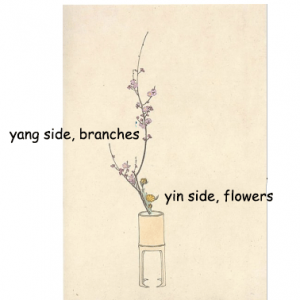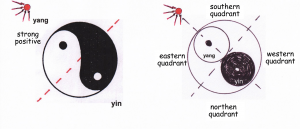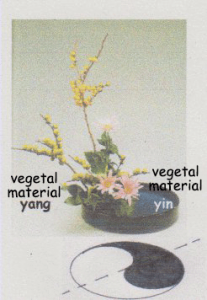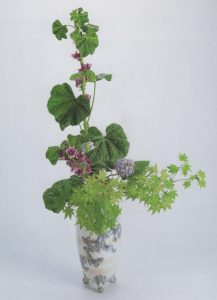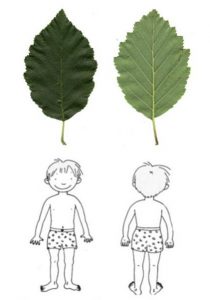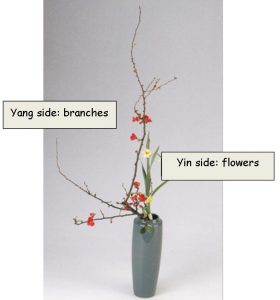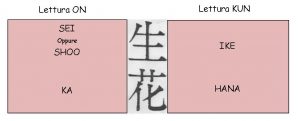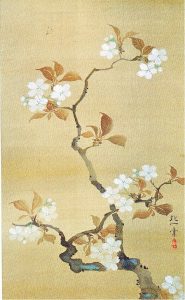references at the bottom of the page
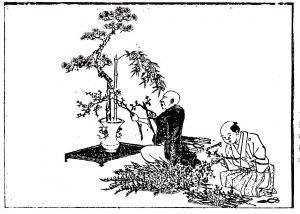
The aim of this website is to arouse the curiosity of ikebanists by giving them a vision of Ikebana where its form is not separated from its meaning and to encourage the reader to go deeper into the themes presented here. Nowadays there is a general tendency in Western art to appreciate the form for itself. The different compositions of ikebana are admired for the beauty of the plants used, forgetting that their position and direction, their choice and association, their size and their orientation, their thinning, all have a meaning because they are based on compositional rules that symbolize Shintoism, Taoism, classical and Zen Buddhism, feng-shui and neo-Confucianism.
Since the concept of divinity in Shintoism is found in natural elements, this allowed it to coexist with other value systems that have penetrated Japan from abroad: in the 7th century, Prince Shotoku Taishi, regent and nephew of Empress Suiko, said: “Shintoism is the trunk, Buddhism is the branches and Confucianism the leaves”.
Japanese culture has always shown a sort of syncretism by accepting the beneficial elements of different, and at times contrasting, religious value systems, making only the most convenient aspects of what was im The religious syncretism, is a characteristic feature of Japanese culture, we find it in ikebana because its compositional rules are based on symbols of various religions.
Only by knowing the history (and how it has influenced in the shaping of collective ways of thinking and in making some values something absolute) can we grasp the meanings of traditional Japanese arts in general and of ikebana in particular.
Otherwise knowledge will be shallow and limited to its exterior appearance.
Considering that most blogs or websites deal with the technique but not with the culture that underlies the understanding of an ikebana, the idea behind this blog is to give explanations that allow a deeper look at the many forms of ikebana, that is, an understanding of its structures and meanings. See art. 25°.
This site has been created to be consulted every time the ikebanist encounters a new theme that is little known to him/her or wants to deepen a theme that is known to him/her; by inserting words to be searched for in the white box at the top left, you can find all the essays concerning the theme searched for.
Disclaimer
The author has no commercial interest in this blog. Texts and images are personal or extracted from Internet; if their publication violates the copyright, the owner can communicate this by email and they will be immediately deleted.
Some references:
IKEBANA
Articles and seminar notes.
L’ikebana, filosofia, religione e teoria dei fiori
Ikebana pratico, together with Masanobu Kudō
Ikebana fiori viventi
Ikebana, quando i fiori diventano arte
Ikebana, l’arte meravigliosa di disporre i fiori
Corso di Ikebana, l’arte di disporre i fiori
By Jenny Banti-Pereira
Flower Arrangement, Art of Japan
By Mary Cokely Wood
The Mastery of Japanese Flower Arrangement
By Koshu Tsujii
The Masters`Book of Ikebana
By Sen`ei Ikenobo, Houn Ohara, Sofu Teshigahara
The Art of Japanese Flower Arrangement
The Way of Japanese Flower Arrangement
By A. Koehn
The Art of Flower Arrangement in Japan
By A. L. Sadler
The Theory of Japanese Flower Arrangements
The Flower of Japan and The Art of Floral Arrangement
By J. Conder
The Flower Art of Japan
Japanese Flower Arrangement
By Mary Averill
Japanese Floral Art: Symbolism, Cult and Practice
By Rachel Carr
Flower Arrangement: The Ikebana Way
By Minobu Ohi, Senei Ikenobō, Houn Ohara, Sofu Teshigahara
Paysage: un art, une école, un espace
L’ikebana
By Martine Clément
The Joy of Ikenobo Ikebana 2011
Ikenobo Ikebana Basic Guide
Ikebana-related themes
Estetica del vuoto
Dieci lezioni sul buddhismo
Yohaku
By Pasqualotto Giangiorgio
L’ideale della Via, Samurai, monaci e poeti nel Giappone medioevale
La cultura del Tè in Giappone
By Aldo Tollini
Il pensiero giapponese classico
By Massimo Raveri
Sources of Japanese Tradition, volume 1 and 2
By Theodore de Bary, D. Keene, George Tanabe, Paul Varley
Epochs of Chinese and Japanese Art
By Ernest F. Fenollosa
Yin and Yang, l’armonia taoista degli opposti
By J. C. Cooper
Il Tao: la via dell’acqua che scorre
By Alan W. Watts
The Culture of Civil War in Kyoto
By Mary E. Berry
The World turned upside down
By Pierre F. Souyri
The Ideals of the East
By Akuzo Okakura
Samurai, i guerrieri dell’assoluto
By B. Marillier
Lo stile eroico, l’eroismo in Giappone
By Junyu Kitayama
La maschera del samurai
By Aude Fieschi
Zen and the fine Arts
By Shin’ichi Hisamatsu
Lo zen e l’arte di tirare di spada
By R. Kammer
The Japanese Arts and Self-cultivation
By Robert Carter
Bushido, l’anima del Giappone
By Inazō Nitobe
The Samurai and the sacred
By Sthephen Turnbull
KO-GI-KI, libro base dello shintoismo giapponese
By Mario Marega
Lo spirito delle arti marziali
By Dave Lowry
Lo Zen e la via della spada
By Winston L. King
Kata
By Kenji Tokitsu
La via del tiro con l’arco
By Paolo Villa
The Zen Arts
By Rupert Cox
Japanese Tea Culture, art, history and practice
Handmade Culture, Raku Potters, Patrons, and Tea Practitioners in Japan
By Morgan Pitelka
Rediscovering Rikyu and the Beginnings of the japaneseTea Ceremony
By Herbert Plutschow
An introduction to japanese tea ritual
By Jennifer L. Anderson
Tea culture of japan
By Sadako Ohki
Zen in the Art of Tea Ceremony
By Horst Hammitzsch
Lo spirito del Giappone
By Leonardo Vittorio Arena
Gli insegnamenti della pittura del giardino grande come un granello di senape
Edited by Mai-Mai Sze
About Japanese aesthetics
By Donald Richie
La tradizione estetica giapponese
Dalla città ideale alla città virtuale Estetica dello spazio urbano in Giappone e in Cina
By Laura Ricca
L’estetica giapponese moderna
By Marcello Ghilardi
Giappone, la strategia dell’invisibile
By Michel Random
I fiori del vuoto
By Giuseppe Jisō Forzani
The Origin of Japan’s Medioeval Word
Cultural Life of the Warrior Elite in the Fourteenth Century (Chapter 9)
edited by J.P. Mass
Japan in the Muromachi Age
- by J.W. Hall and Toyoda Takeshi Ashikaga
Yoshimitsu and the World of Kytayama (Chapter 12) By H. Paul Varley
Emperor and Aritocracy in Japan 1467-1680
By Lee Butler
The Japanese Way of the Flower: Ikebana as Moving Meditation
By H. E. Davey
Dizionari delle religioni: Taoismo
By Ester Bianchi
La mente giapponese
By Roger J. Davies e Osamu Ikeno
Themes in the History of Japanese Garden Art
Wybe Kuitert
Daimyo Gardens
By Shirahata Yozaburo
Book of Tea
By Kakuzo Okakura
TEA OF THE SAGES: The Art of Sencha
By Patricia J. Graham
San Sen Sou Moku, il giardino giapponese nella tradizione
By Sachimine Masui, Beatrice Testini
L’universo nel recinto, I fondamenti dell’arte dei giardini e dell’estetica tradizionale giapponese, І e 2
By Paola Di Felice
The Shogun’s City, a History of Tokyo
By Noël Nouët
Kaempfer’s Japan, Tokugawa Culture Observed edited, translated by B. M.
By Bordart-Bailey
The Origin of Japan’s Medioeval World
Courtiers, Clerics, Warriors and Peasants in the Fourteenth Century
Edited by Jeffry P. Mass
FENG SHUI
By Ernest Eitel
Modern Reader on the Chinese Classics of FLOWER ARRANGEMENT
By Zhang Qiande and Yuan Hongdao
Compiled by Li Xia
Cultivating Femininity Women and tea Culture in Edo and Meiji Japan
By Rebecca Corbett
STORIA DEI SAMURAI E DEL BUJUTSU, nascita ed evoluzione dei bushi e delle loro arti nel Giappone feudale
By Roberto Granati
Storia del Giappone
By Kenneth Henshall
Senno (Ikenobō), on the Art of Flower Arrangement ( Chapter 5 ) in
Literary and Art Theories in Japan
By Makoto Ueda
The I Ching in Tokugawa Thought and Culture
By Wai-ming Ng
KAZARI Decoration and Display in Japan 15th-19th Centuries, 2002
edited by Nicole Coolidge Rousmaniere
KAZARI L’arte di esporre il BONSAI e il SUISEKI, 2016
By Edoardo Rossi
Warlords, Artists and Commoners,
Japan in the XVI Century
edited by George Elison, Bardwell L. Smith
The politics of reclusion, painting and power in Momoyama Japan
By KENDALL H. BROWN
Kire: il bello in giappone
By RYOSUKE OHASHI







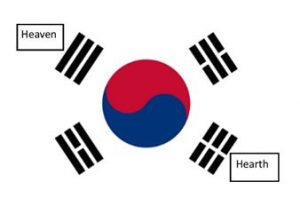
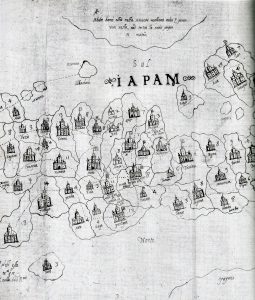
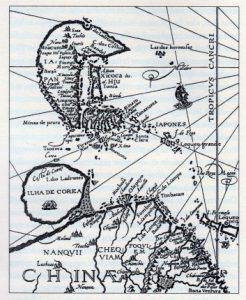
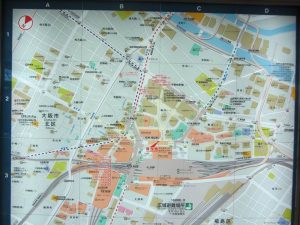
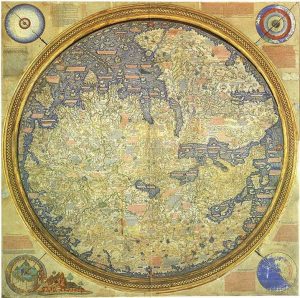

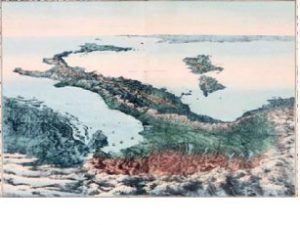
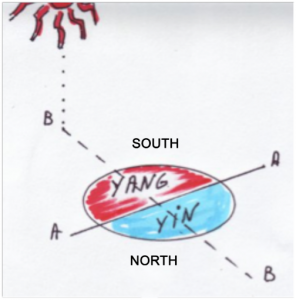
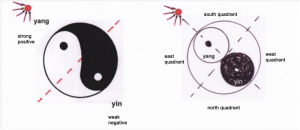
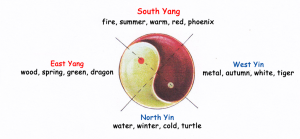
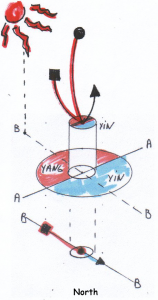
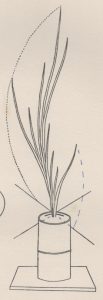
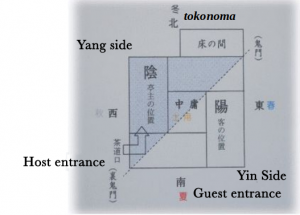
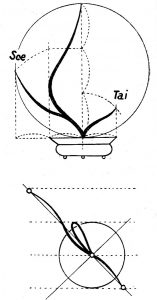
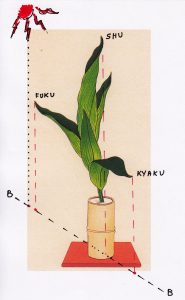
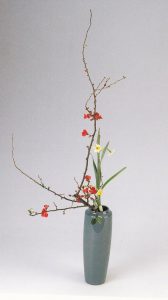
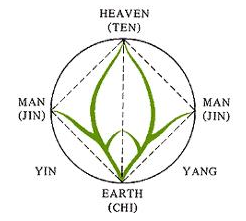
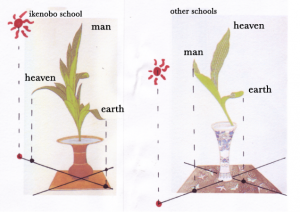
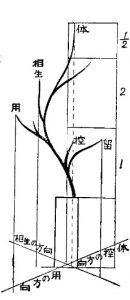
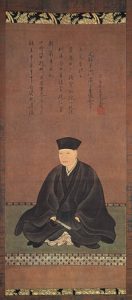
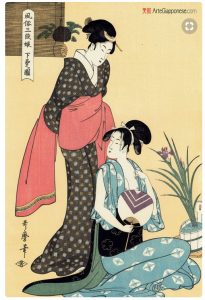
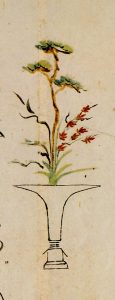
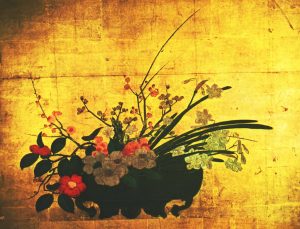
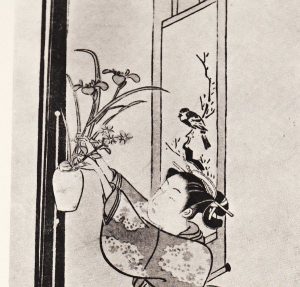
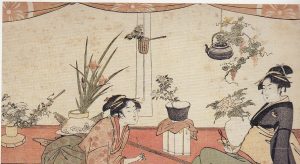
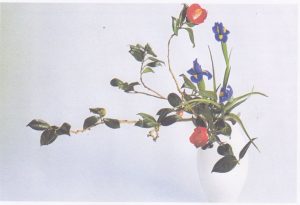
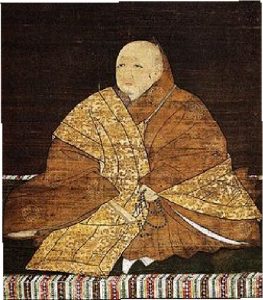
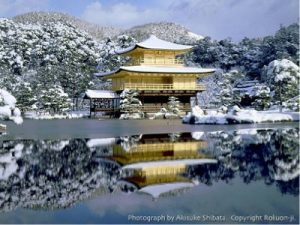
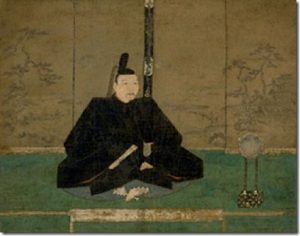
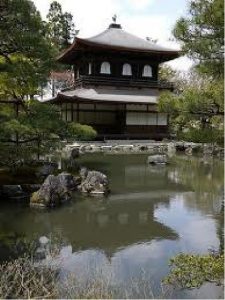
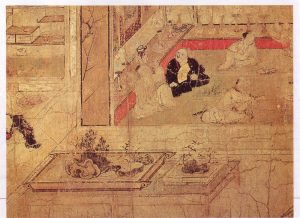
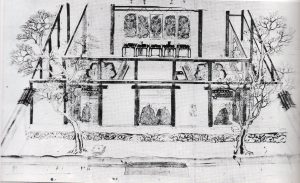
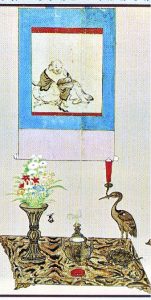
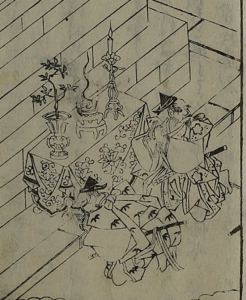
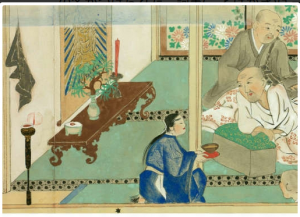
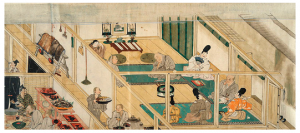
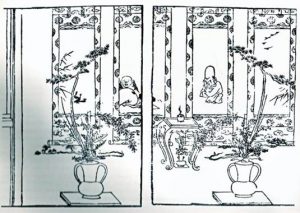
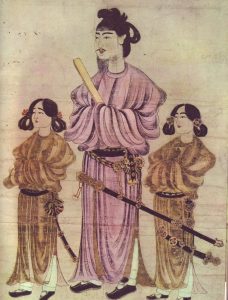
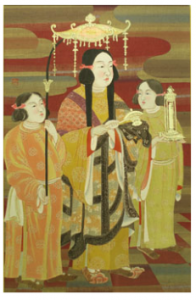
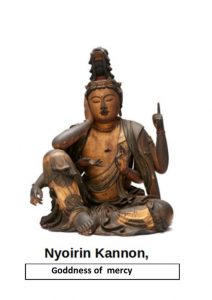
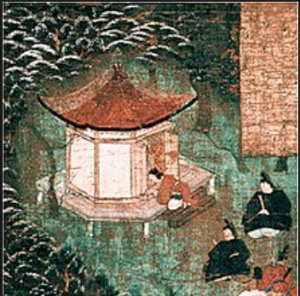
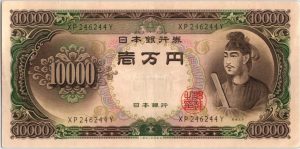


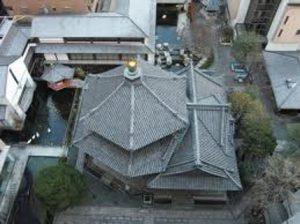
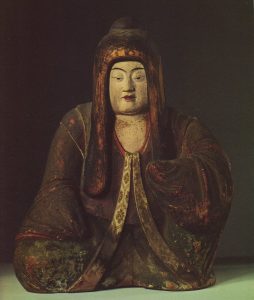
 KA ( ON reading ), hana ( KUN reading) = “flower
KA ( ON reading ), hana ( KUN reading) = “flower KA ( ON reading ) and uta ( KUN reading) = poetry
KA ( ON reading ) and uta ( KUN reading) = poetry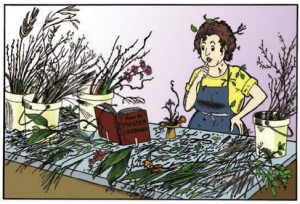

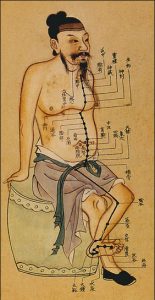
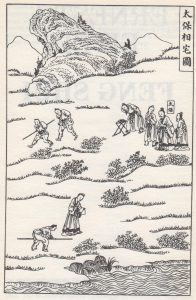
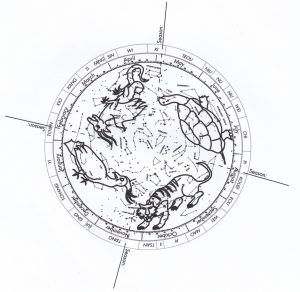
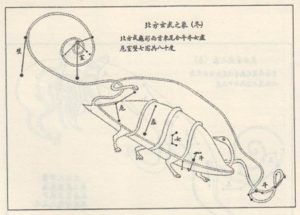

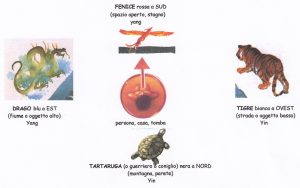
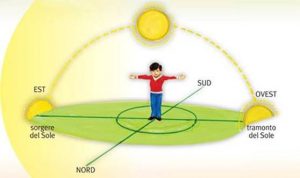
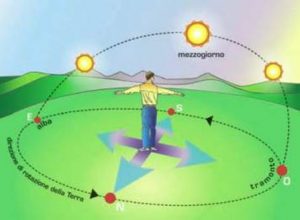

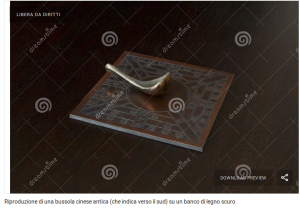
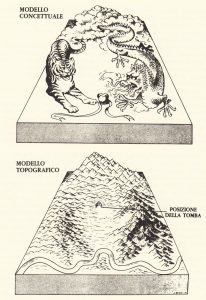
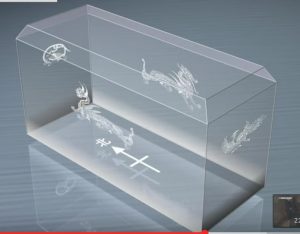
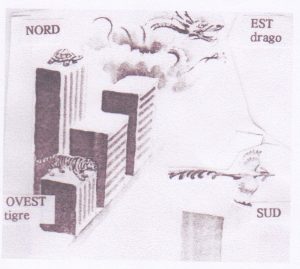
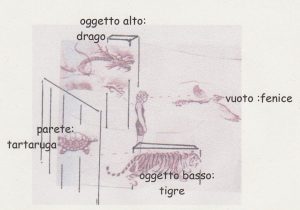
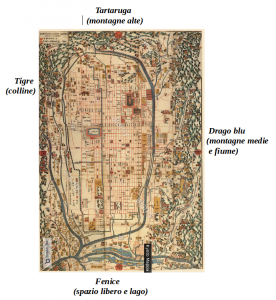
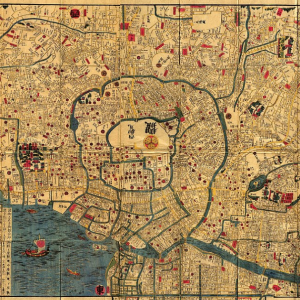

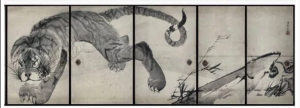
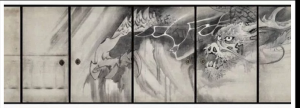

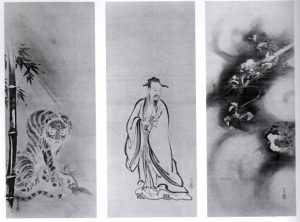
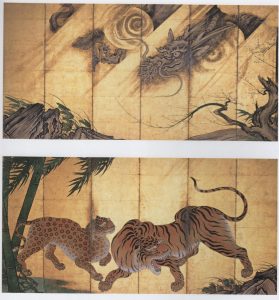
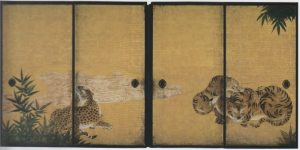
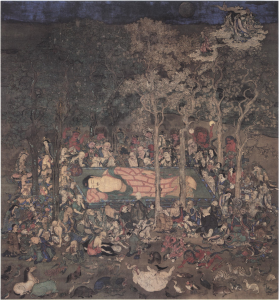
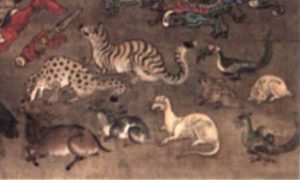
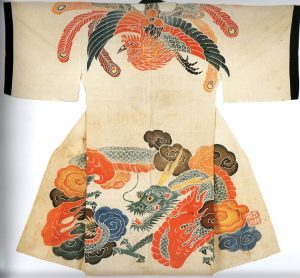
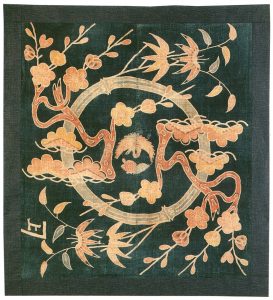
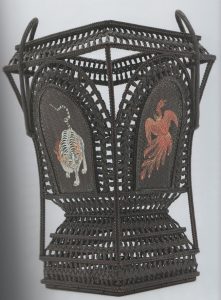
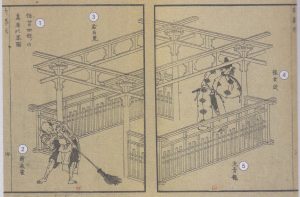
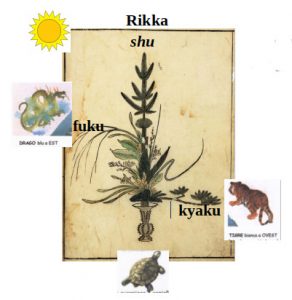
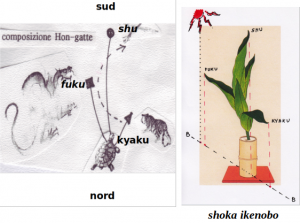
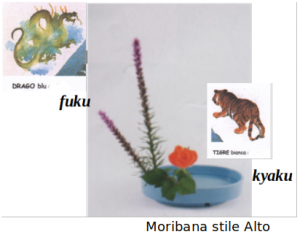
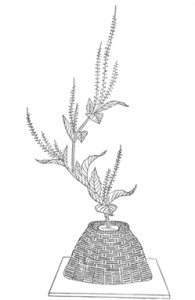
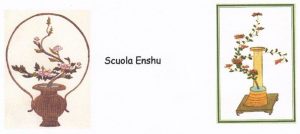
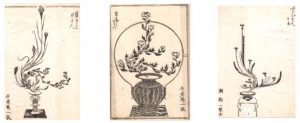
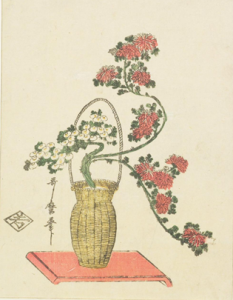
 shi the number four
shi the number four is shi, meaning death
is shi, meaning death

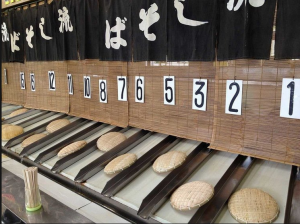
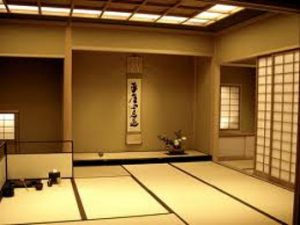
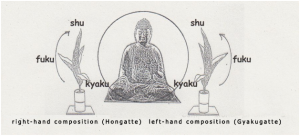
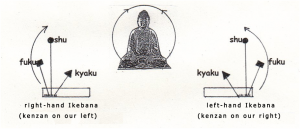
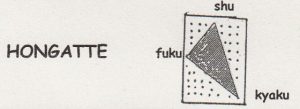
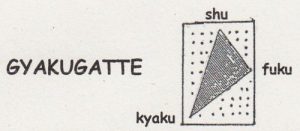
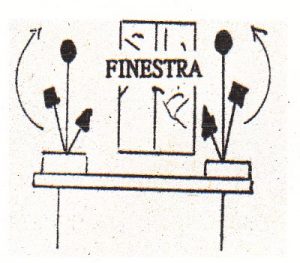
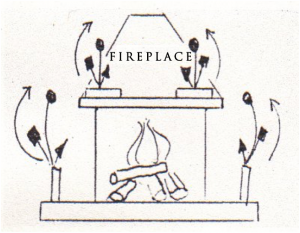
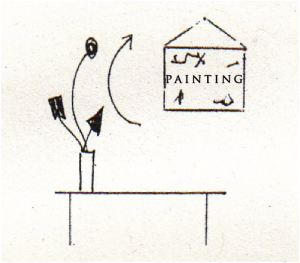
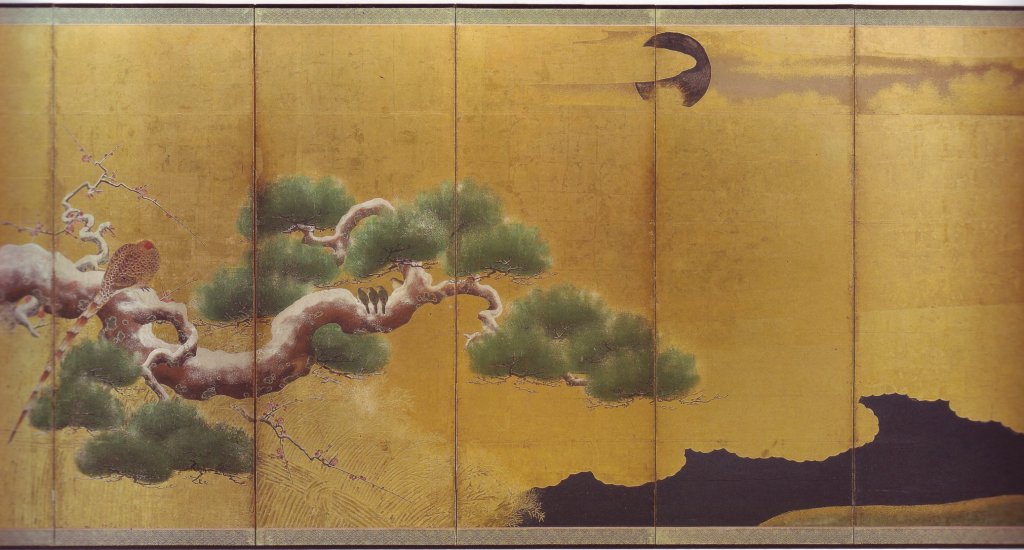

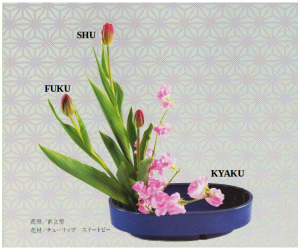
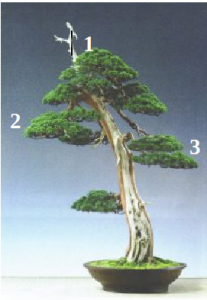
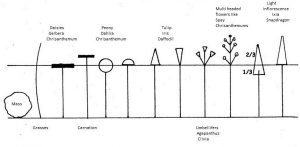



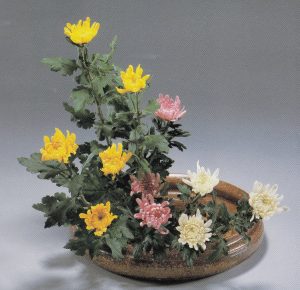
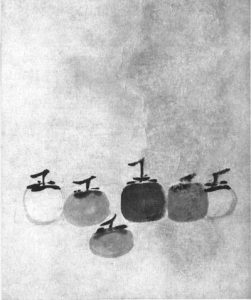
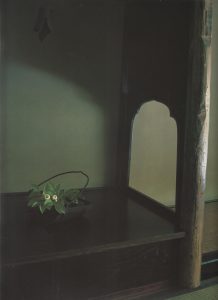
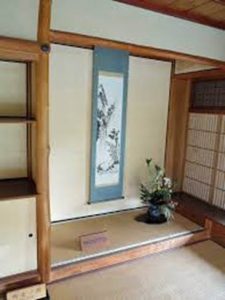
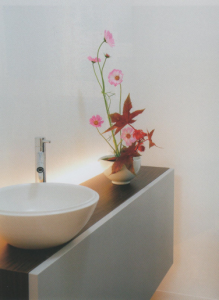
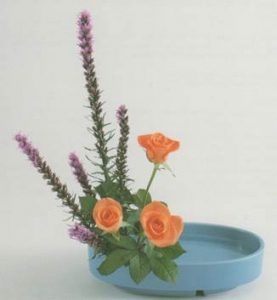
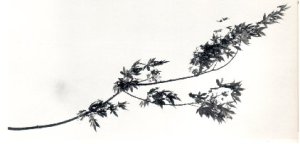
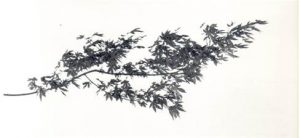
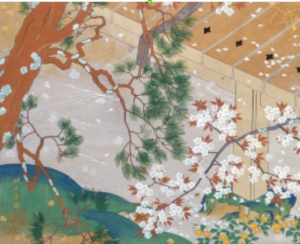
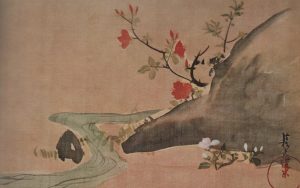
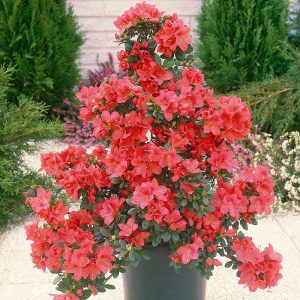
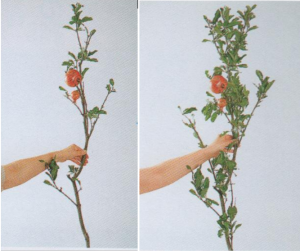
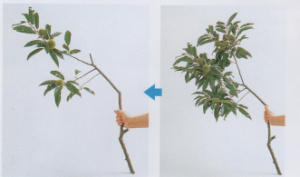
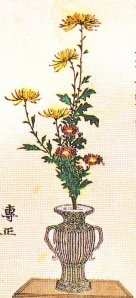
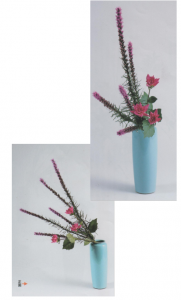
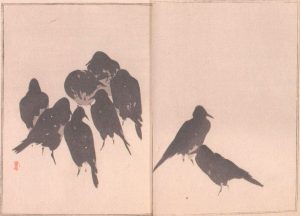
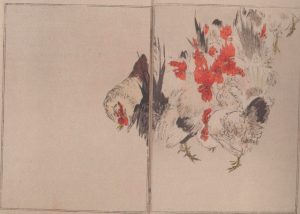
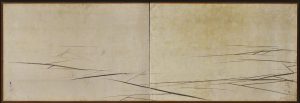 Ice with cracks, 1780
Ice with cracks, 1780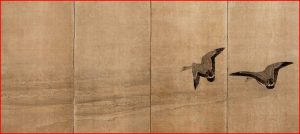 Ducks on the beach
Ducks on the beach